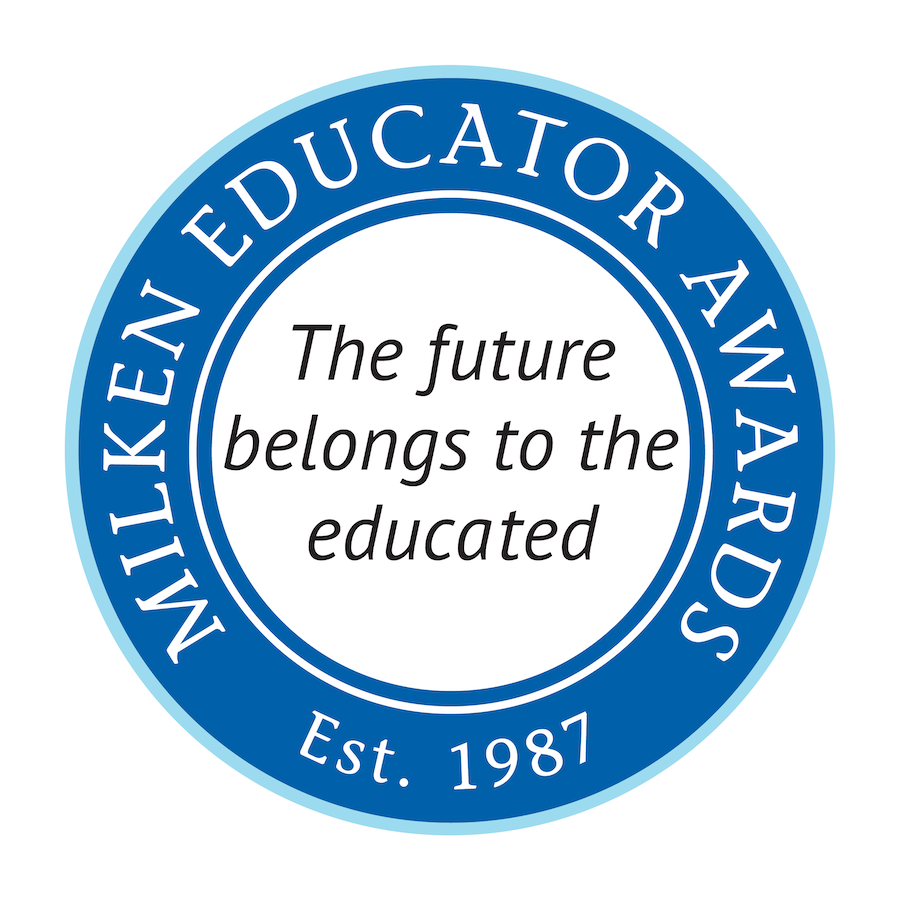Media Literacy: Teach It Early, Teach It Often
July 10, 2019
I remember my fifth-grade research report vividly. My friend and I fought over the "C" volume of the Encyclopedia Britannica set, as we were studying California and Colorado, respectively. The kind librarian helped me use the library catalog to find a smattering of relevant and grade-appropriate books. I never had to consider the credibility of my sources; I had complete faith that any nonfiction book I encountered was trustworthy.
The elementary research process is wildly different today. Students now have access to the Internet, a veritable worldwide information database. While the internet is a tremendous tool, one which creates countless opportunities, it also creates a major headache for educators. And while it’s tempting to take control of the research process, restricting students to preapproved websites or even limiting student choice to topics well-represented in print books, there is a better way. We need to begin teaching media literacy skills, the ability to both access and critically evaluate a variety of media sources.
Media literacy must start in elementary school
How do we ensure that students are thinking critically about information conveyed online? How do we enable them to note and question author's bias? If we wait until middle or high school to begin teaching these skills, we’re already too late. A recent study by Stanford University showed that the vast majority of middle school, high school, and college students were regularly fooled by fake news. What’s more, 88% of young adults get their news from social media, creating an echo chamber of heavily biased or even blatantly false information. It’s essential that we begin teaching media literacy in elementary school.
So how do we begin tackling such a weighty and significant topic? Here's how I'm approaching it:
- Sequence media literacy skills in an age-appropriate manner. Even our youngest learners can distinguish between fact and opinion. From there, students can identify author’s purpose with a significant focus on distinguishing between informative and persuasive content. With upper elementary students, teachers can shift to teaching about implicit bias, such as word connotation and image choice.
- Teach students the process for evaluating the credibility of internet sources. This is the time to explain that anyone can publish anything online! Demonstrate how to seek out author and copyright information. Explain the differences between domain endings and their significance. Regularly incorporate cross-checking techniques, even modeling your own skepticism as you search for corroborating sources.
- Use advertisements as teaching tools. Advertisements allow us to teach propaganda techniques, many of which may be integrated into biased texts. Using such easily accessible content allows educators to lay the foundation for increasingly rigorous concepts. For example, fifth graders who can identify the bandwagon technique in a Gap advertisement are being primed to notice misleading statistics or survey data in political writings. Advertisements can also facilitate discussion related to author’s motive and intended audience.
- Model how perspective affects an author’s message. Young students can begin inferring how two literary characters can have different feelings about the same event. Older students can differentiate between multiple historical and political perspectives. In any situation, perspective can be analyzed by asking whose voices are represented and whose voices are missing.
Teaching media literacy is no simple feat, which is why students deserve multiple opportunities to learn these critical thinking skills. Rather than attempting to shield our students from misinformation, we need to give them the tools to navigate and evaluate the many sources of media they’re exposed to on a daily basis. In short, we need our digital natives to become informed and autonomous thinkers.

Don’t miss any new articles and updates from Milken Educator Awards:


